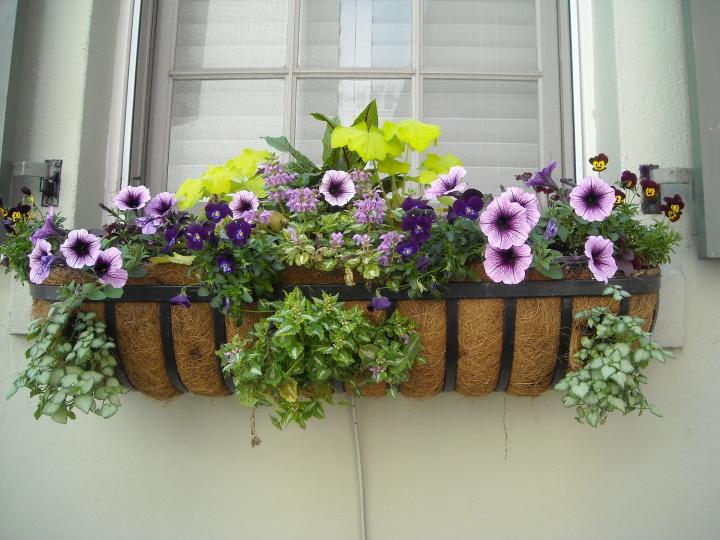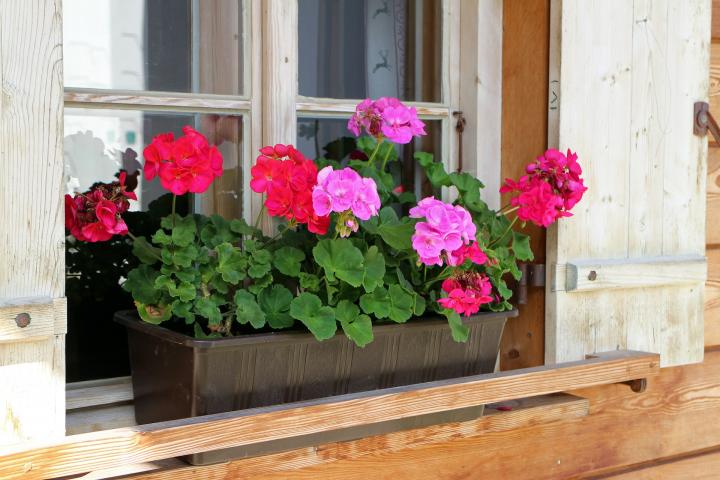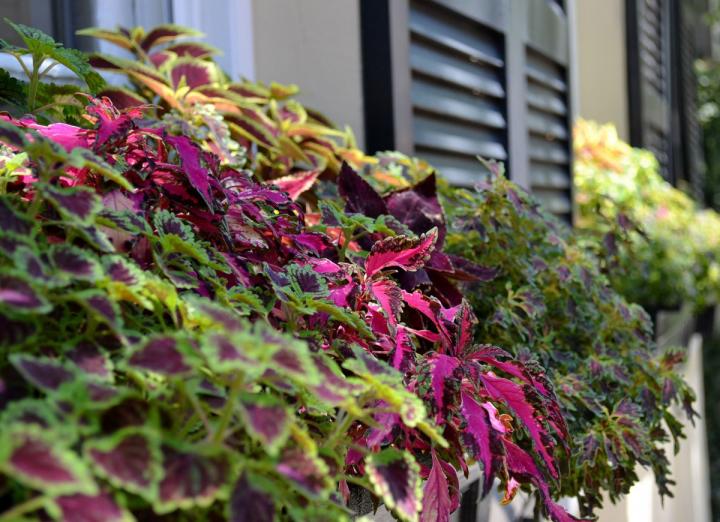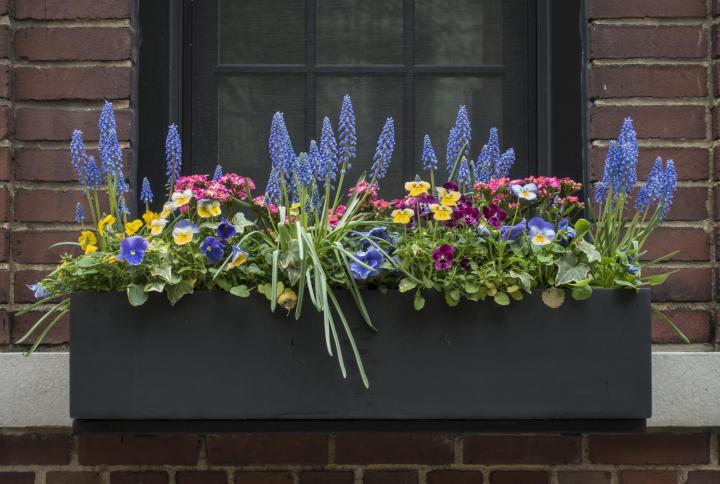
Which Flowers Grow Best in Sun and Shade?
Become a better gardener! Discover our new Almanac Garden Planner features for 2024. It’s easy, fun, and free to try!
ADVERTISEMENT
I usually love and look forward to content from this source. In this case, however, it should be noted that Sweet Autumn Clematis, aka Viginsbower, or Clematis Terniflora DC, is highly invasive in many parts of North America and should not be planted, bought, sold or promoted in reputable garden journals.
Here is an excerpt from the National Park Service/US Fish and Wildlife Service "Plant Invaders of Mid-Atlantic Natural Areas:"
Origin: Japan and China
Distribution and Habitat
Sweet autumn virginsbower is
documented to occur in much of the
eastern U.S. from Minnesota to Vermont, south to Texas and Florida.
It has been reported to be invasive in Alabama, Delaware, Florida,
Georgia, Illinois, Maryland, New Jersey, North Carolina, South
Carolina, Tennessee and Virginia, although it is probably invasive in
additional states where it occurs. It prefers full sun but can tolerate
partial shade.
Ecological Threat
This species is found invading forest edges, right-of-ways and urban
areas along streams and roads. It grows vigorously over other
vegetation, forming dense blankets that block sunlight to the plants
underneath. In late summer infestations are conspicuous as a result
of its abundant showy white flowers.
Please remove this plant from the content of this very dated article.
Thanks for bringing this to our attention. We have removed it from the list of recommended plants.
I have a directly east facing window box. What flowers would be best for that? Also, do you recommend replacing old soil if it's been there a few years?
I have two window boxes facing north northeast l, just moved to TN . I’m sure soil needs help. I perfect flowering plant for these boxes. Advise please
For an east-facing window box or any location with morning sun and 4 or fewer hours per day, we’d suggest snapdragon, impatiens, begonia, viola, cardinal flower, sweet alyssum, dahlia, petunias, verbena, ageratum, dusty miller, and dwarf marigold. In terms of replacing the soil: If it’s been a few years, yes, we would replace or heavily amend it; the nutrients have been depleted by now and it’s probably compacted. Better safe than sorry.
I am curious about Portulaca it is one of my favorite plants. Will it do well in east facing window box? Or patio?
It should do fine there, although portulaca prefers a sunny spot, so it would do best in a south- or west-facing position.
I like to have patio flowers match the pillows of my furniture: cream, pink and red. However due to covid several nurserIes said just get what is available....don't know what is coming. So this yr, i got whatever and they are all finally flowering. To cut cost, as per previous thread. I got 3 packets of nasturtiums...1.50. They are fantastic, no matter what direction, they have now easily filled most of my boxes. Plus one packet of seeds has beenn a surprise.
Hi I forgot to leave this:
3 window boxes in front are 90 East facing the two side are 195 S per my compass on my IPhone. Thank you!
Rhonda Jean
We should all be so specific! No matter; see below.















